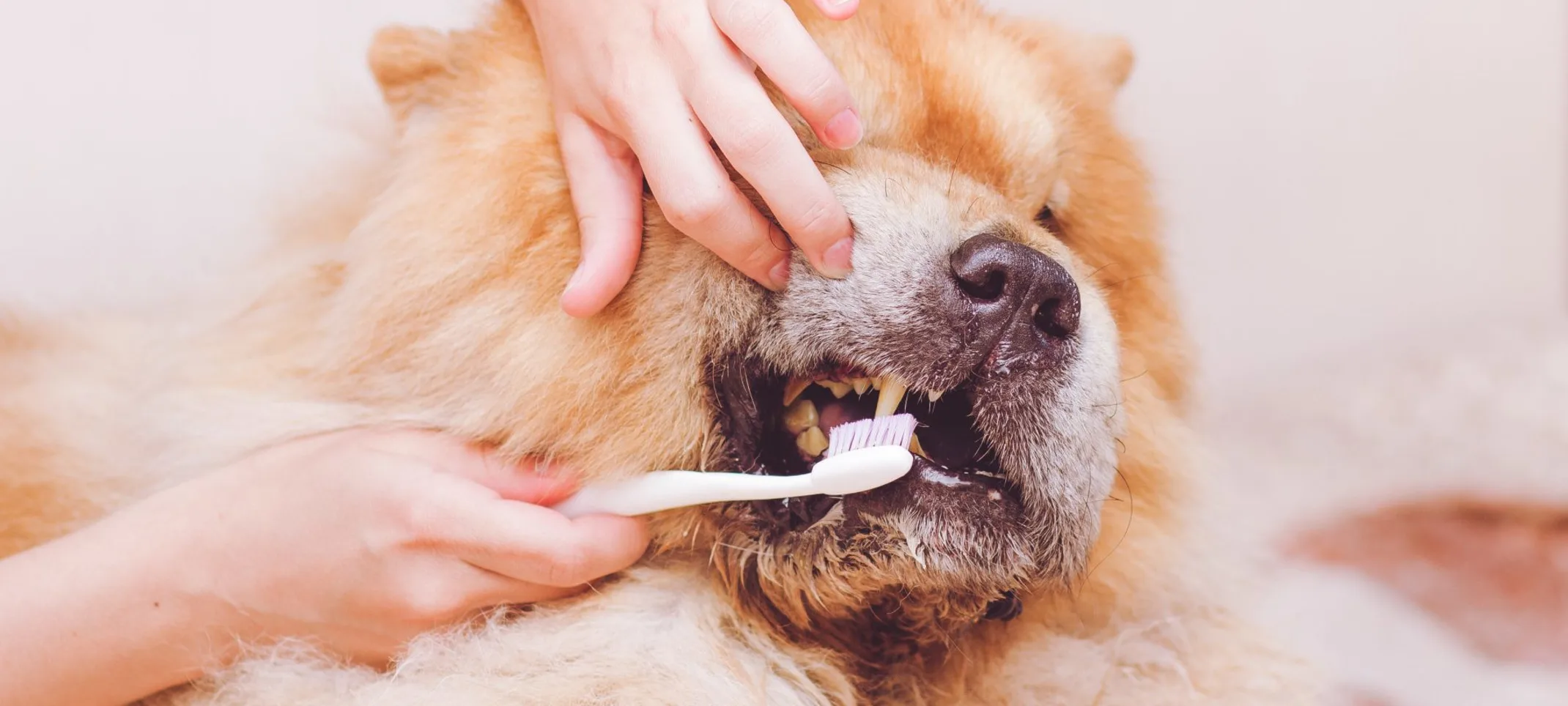Anderson Veterinary Clinic
Dentistry & Prophylaxis
Annual dental exams and cleanings are recommended to protect your pet from many health problems and help them maintain a healthy and clean mouth.

Periodontal disease is the most common dental condition affecting dogs and cats. The problem begins when plaque and calculus are allowed to build up on a pet’s teeth, especially below the gum line. Bad breath, bleeding and inflammation of the gums, receding gums, loosening, and the eventual loss of teeth are the most common signs.
A complete oral examination is recommended usually once a year as part of your pet’s physical examination. A complete oral hygiene program is recommended for you to follow at home. Regular brushing of your pets’ teeth with toothpaste formulated for animals and incorporating diets specially formulated to reduce the accumulation of plaque and tartar are the foundation of the complete oral hygiene program.
Professional dental cleaning treatment to keep the teeth clean is therefore of great importance. Other dental conditions, such as malpositioned or fractured teeth and oral tumors, can often be realized during a complete oral examination. Additionally, Anderson Veterinary Clinic has the ability to provide dental radiographs, which are a vital part of a complete exam.
At least 85% of pets over the age of 3 have some form of dental disease. Like humans, pets need regular dental care. Good oral health is essential for maintaining healthy teeth and gums, but it’s also extremely important for the pet’s overall health. An infection in the mouth can lead to infection throughout the body, which can cause illness. Poor dental hygiene can lead to pets having kidney, heart, and liver disease.
Poor oral health is a condition that can very easily be managed and even prevented. With knowledge, understanding, early intervention, and routine care, your pet’s mouth can be a place free from disease, infection, and pain.
Some indications that your pet may be experiencing problems from dental disease include:
Bad breath
Difficulty eating
Demonstrating pain when chewing food or when touching
Pet’s mouth
Excessive drooling
Red or inflamed gums
Dental prophylaxis: Teeth cleaning and polishing performed by a trained veterinary professional can help prevent disease in your pet. Listed below is what’s included in your pet’s professional teeth cleaning:
Pre-anesthetic evaluation/assessment by a veterinarian
Placement of the intravenous catheter
Anesthesia
Fluid therapy during the procedure
Full mouth dental radiographs
Probing (assessment of gum disease)
Ultrasonic scaling (removal of tartar build-up)
Polishing
